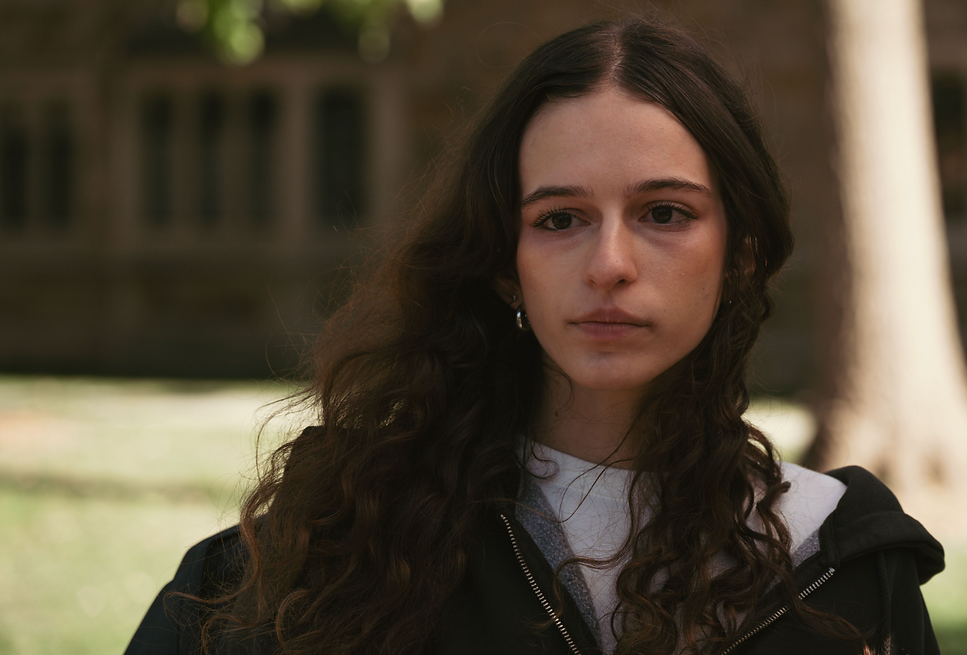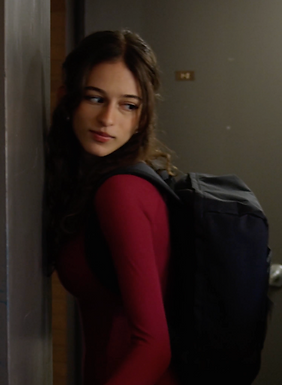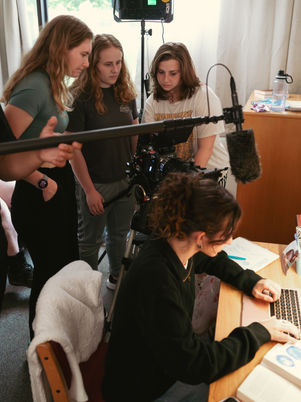Claire de Vries

We're Not The Same
Directing is a form of listening.

This film began with a question: What happens when the gaze shifts?
In a college film theory class, I watched Vertigo — a cinematic masterpiece in form, yet deeply rooted in the male gaze. Its women were beautiful but hollow, projections of male desire rather than fully realized people. That contradiction lingered. I began writing from a personal place: as one of two sisters, often compared, often invisible. From that space, Mia and Isabella emerged—two young women shaped by quiet envy, emotional inheritance, and the need to be seen.
What began as a character-driven drama deepened into a layered psychological portrait of perception and longing. While the narrative follows Mia’s unraveling, Isabella’s subjectivity slowly takes the frame. At first, she is distant, idealized. But that dynamic transforms. In a pivotal moment, she meets Mia’s gaze, not with passivity, but quiet resistance, and reclaims her agency.

The Creative Process


Longing, jealousy, and the ache of recognition.
The film explores how women see, and are seen by, each other. Identity becomes tangled in reflection, comparison, and silence. We leaned into stillness and restraint: small gestures carry the weight. As the story shifts from projection to recognition, so does the camera— from distance to intimacy.
I returned to themes I’ve long carried: emotional abandonment, sisterhood, the ache of watching someone else live a version of your life. It’s a story about perception, but also about longing, jealousy, and the fragile hope of being truly known.
Emotional honesty lives in the quietest frames.
The crew was predominantly female, by design. I wanted the process to reflect the film’s values—collaborative, intuitive, and grounded in care. This project taught me that directing is a form of listening: to silence, to instinct, to others. It reminded me that emotional honesty lives in the quietest frames.
We’re Not the Same helped clarify the kind of filmmaker I want to be. I’m drawn to stories that live between realism and psychological drama, where silence reveals, and vulnerability becomes a form of strength. Through Mia and Isabella, I hope viewers see parts of themselves, and perhaps, find space for the quiet, radical act of choosing empathy in the face of intense pain.























